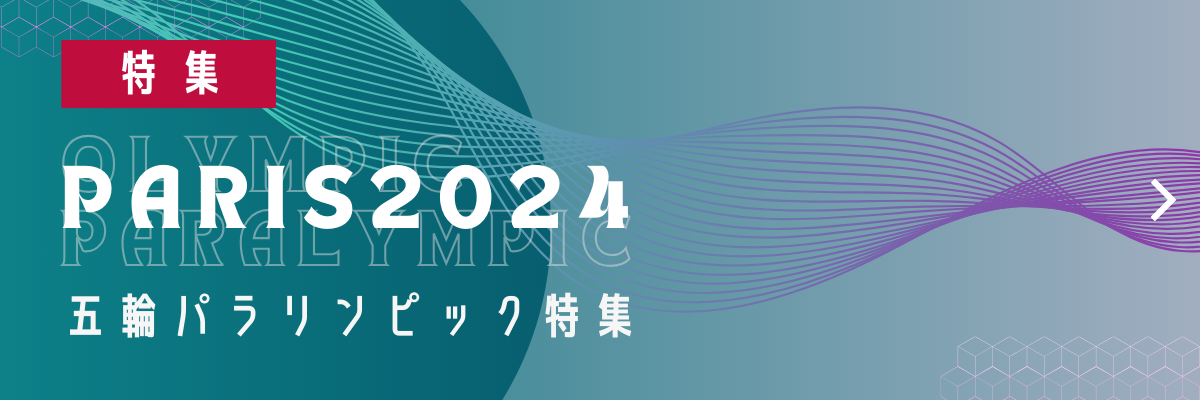紫外線ランプ、新型コロナとの闘いに光明か 米大が実験
 【ニューヨークAFP=時事】危険なウイルスを死滅させる最新型の紫外線(UV)ランプを駅や空港、学校などで利用することで、新型コロナウイルス感染症(COVID-19)との闘いを有利に進めることができるようになるのだろうか。(写真はコロンビア大の研究チームによる遠紫外線C波の実験。同大提供)
【ニューヨークAFP=時事】危険なウイルスを死滅させる最新型の紫外線(UV)ランプを駅や空港、学校などで利用することで、新型コロナウイルス感染症(COVID-19)との闘いを有利に進めることができるようになるのだろうか。(写真はコロンビア大の研究チームによる遠紫外線C波の実験。同大提供)米コロンビア大学の研究者らは長年、紫外線のこのような利用法に関する研究に取り組んでおり、現在のパンデミック(世界的な大流行)によってその取り組みの重要性が裏付けられる可能性がある。
紫外線C波(UVC)ランプは細菌やウイルス、カビ対策といった目的で、特に病院や食品加工業などでは以前から利用されている。
だが、UVC線は危険性が高く、皮膚がんや眼疾患を引き起こすため、人がいない状況でしか使用できない。
そこで、コロンビア大放射線研究センターが研究対象としているのは、「遠紫外線C波」と呼ばれる紫外線だ。遠紫外線C波の波長は222ナノメートルで、人には無害だが、ウイルスにとっては有害だと同センターのデービッド・ブレナー所長はAFPの取材で説明した。この周波数では、人の皮膚や目の表面を貫通できないというのだ。
このような特徴から、遠紫外線C波は人が密集する場所、密閉空間、感染リスクが高くなる場所でも使用可能となるため、現在のパンデミックへの対応でもその活用が広く期待されている。
コロンビア大の研究チームは2013年、薬剤耐性菌に対する遠紫外線C波の有効性の調査を開始した。次に、インフルエンザを含むウイルスへの遠紫外線C波の利用についても調べ始め、新型コロナウイルスを研究対象としたのはつい最近のことだ。
感染性が非常に高い新型コロナウイルスを調べるためには、厳重な安全対策がとられた大学内の別の実験室に研究機材を持ち込む必要があった。ブレナー所長によると、「3~4週間前」に始めた実験により、表面に付着した新型コロナウイルスをUVC線が数分以内に死滅させることがすでに明らかになっているという。
■人体への影響を確認
遠紫外線C波が人体に無害であることを確認するための実験も並行して実施されている。マウスを使った実験は、遠紫外線C波に「人への使用を想定した強度の20倍の強さで1日に8時間、週に5日間」暴露させるもので、現時点で開始から40週が経過した。
現状を確認するためにマウスの目や皮膚を検査したところ、「何一つ異常はなかった。マウスは非常に調子が良さそうで、しかも非常にかわいらしい」と、結果についてブレナー所長は話した。この実験は今後さらに20週間続く予定だという。
研究の次段階では、感染者がせきやくしゃみをした時を想定し、空中を漂うウイルスにUVCランプを放射する実験を行う計画だ。
チームは、予備段階の研究結果を英科学誌ネイチャーにすでに投稿している。ただ、残りの検証段階をすべて通過して初めてその正当性が科学界でも認められることになる。
■危機回避の可能性はあった
ブレナー所長は、「この遠紫外線C波の研究プロジェクトをもう1年か2年早く始めていたら、新型コロナウイルス感染症(COVID-19)の危機を回避できたかもしれない。毎晩、そのようなことを考えている」と話す。そして、研究が進むなかで、夜眠ることができなくなってしまったことを明らかにした。
「完全に(防げた)ということではないが、おそらくパンデミックは回避できただろう」【翻訳編集AFPBBNews】
〔AFP=時事〕(2020/05/15-10:02)
Tests show UVC lamps could light the way in virus fight

Could a new type of ultraviolet lamps be used in stations, airplanes and schools to kill dangerous viruses, becoming a gamechanger in the COVID-19 fight?
Researchers at Columbia University have been working on such uses for years, and the current pandemic could confirm the value of their efforts.
UVC lamps have long been used to kill bacteria, viruses and molds, notably in hospitals and in the food-processing industry. As the coronavirus pandemic knocks world economies on their heels, this technology is experiencing a boom.
But UVC (for Ultraviolet-C) rays are dangerous, causing skin cancer and eye problems, and can be used only when no one is present.
The New York subway system, following the example of Chinese subways, plans to use ultraviolet lamps to disinfect its trains, but only during nighttime closures.
A team at Columbia's Center for Radiological Research is experimenting with so-called far-UVC, rays whose wavelength of 222 nanometers makes them safe for humans but still lethal to viruses, the center's director, David Brenner, told AFP.
At those frequencies, he explained, the rays cannot penetrate the surface of the skin nor of the eye.
That means they could be used in closed and crowded spaces where contamination risks run high, with potentially huge promise for use during the current pandemic.
In late April, President Donald Trump offered confusing remarks about somehow projecting ultraviolet rays into people's bodies to kill the coronavirus.
He appeared to be inspired by federal research on the effects of natural light on the virus -- but natural light has no UVC rays.
In 2013, the Columbia team began studying the effectiveness of far-UVC against drug-resistant bacteria. It next examined the rays' use against viruses, including the flu virus. Only recently did it turn its attention to the coronavirus.
We were thinking, how can we apply what we are doing to the current situation, Brenner said.
But to test the impact of UVC on the extremely contagious coronavirus, the team had to move its equipment into a highly bio-secure laboratory at Columbia.
Experiments carried out starting three-four weeks ago, Brenner said, have already made clear that UVC rays destroy the virus on surfaces within minutes.
The team next plans to test the lamps on viruses suspended in the air, as when an infected person coughs or sneezes.
In parallel, tests are being conducted to confirm that these rays are harmless to humans.
For 40 weeks now, the lab has exposed mice to far-UVC rays for eight hours a day, five days a week, at intensities 20 times higher than we might think of using with humans.
The results?
After testing the rodents' eyes and skin, we have found absolutely nothing; the mice are very happy -- and very cute as well, Brenner said.
The experiment is set to continue for 20 more weeks.
The findings cannot be fully validated by the scientific community until all remaining steps have been taken, even if the team has already submitted its preliminary results to the journal Nature.
- 'The world has changed' -
But the pressure to reopen the world's economies has become so enormous that factories are accelerating their production of ultraviolet lamps without waiting.
We really need something in situations like offices, restaurants, airplanes, hospitals, Brenner said.
If UVC lamps have already been in commercial use for two or three years -- notably in the diamond industry, where they can be used to distinguish artificial from real gems -- potential clients are now legion, say companies producing them.
We felt for a long time this is a great application for this technology, said John Yerger, the CEO of Eden Park Illumination, a small producer based in Champaign, Illinois.
But with the pandemic, the world has changed a lot in the last three months, he added.
And the US Food and Drug Administration has relaxed its regulation of tools or agents that can be used for disinfection, encouraging manufacturers to find a solution.
There will be thousands and thousands of these things (UVC lamps) for sure, Yerger said. The question is, will it be millions?
What we are seeing is a tremendous amount of customer interest to produce lamps for airlines, cruise ships, restaurants, movie theaters and schools, said Shinji Kameda, chief operations officer in the US for Ushio, a Japanese manufacturer.
Production of its 222-nanometer lamps, sold for $500 to $800 and already used in some Japanese hospitals, will be stepped up in October, he said.
In the meantime, Brenner said he has been losing sleep.
I spend nights thinking -- if this far-UVC project had started one or two years earlier, maybe we could have prevented the COVID-19 crisis, he said.
Not completely, but maybe we could have prevented it being a pandemic.

最新ニュース
-
第2野党前主席の再収監決定=収賄罪で起訴、保釈―台湾
-
米テスラ販売、初の前年割れ=EV需要、米欧で停滞―24年
-
NY株、反発
-
米テスラ販売、初の前年割れ=EV需要、米欧で停滞―24年
-
NY円、156円台後半
写真特集
-
【野球】慶応大の4番打者・清原正吾
-
【競馬】女性騎手・藤田菜七子
-
日本人メダリスト〔パリパラリンピック〕
-
【近代五種】佐藤大宗〔パリ五輪〕
-
【アーティスティックスイミング】日本代表〔パリ五輪〕
-
【ゴルフ】山下美夢有〔パリ五輪〕
-
閉会式〔パリ五輪〕
-
レスリング〔パリ五輪〕

















